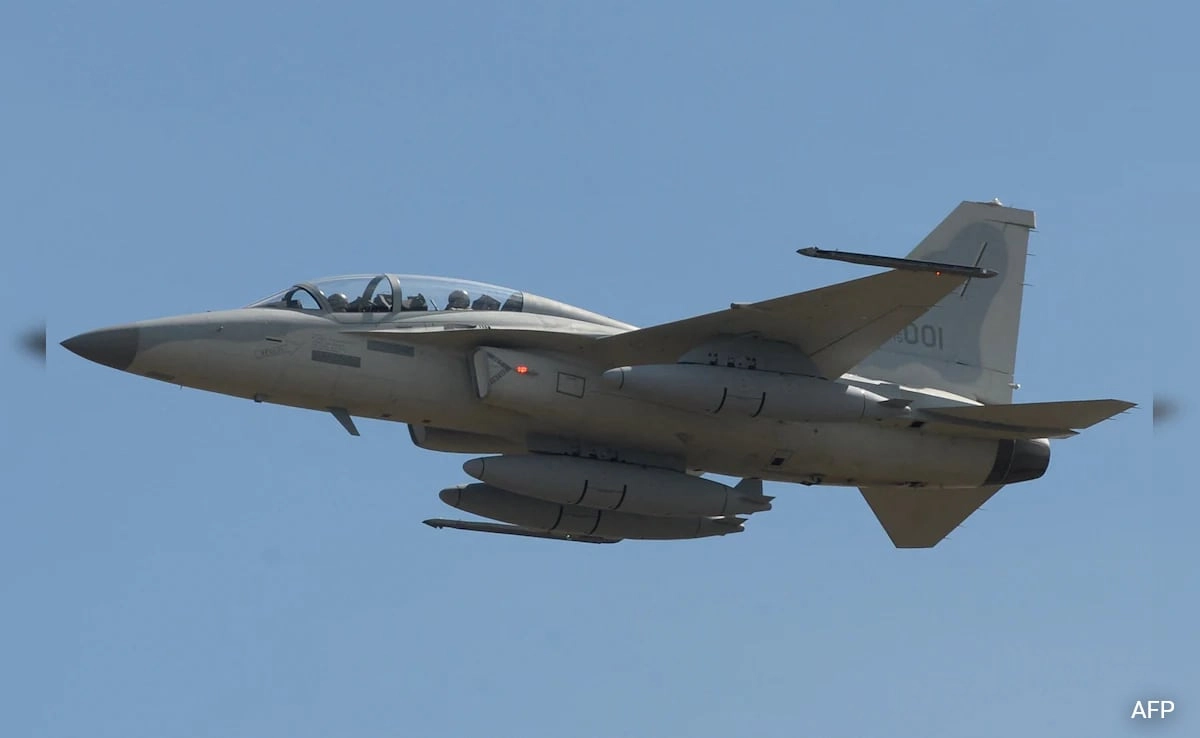The Taliban’s return to power in Afghanistan marks a significant shift in the country’s political landscape, as the group has now been in control for four years. The timeline of their rule is characterized by a series of pivotal events that have shaped both domestic policies and international relations. After the U.S. withdrawal in August 2021, the Taliban swiftly regained control, leading to the collapse of the Afghan government. This moment marked not only a return to power for the Taliban but also the beginning of a new era for Afghanistan, one marked by uncertainty and concern from the international community regarding human rights and governance.
In the months following their takeover, the Taliban sought to establish a semblance of legitimacy. They announced an interim government and attempted to reassure the Afghan populace and foreign nations that they would adopt a more moderate approach compared to their previous rule in the late 1990s. However, reports of human rights abuses, particularly against women and girls, quickly surfaced. Educational institutions for girls were closed, and women were largely barred from participating in public life. The international community responded with skepticism, resulting in Afghanistan’s isolation and a humanitarian crisis exacerbated by economic collapse and the withdrawal of foreign aid.
Throughout these four years, the Taliban faced numerous challenges, both internally and externally. Despite their efforts to consolidate power, they struggled to govern effectively in a country plagued by poverty and instability. The ongoing resistance from various factions, including the National Resistance Front, further complicated their rule. Additionally, the Taliban’s relations with international governments remained strained, as many nations grappled with recognizing a regime that contradicted widely accepted human rights norms. As international aid dwindled, the humanitarian situation in Afghanistan deteriorated, leading to widespread food insecurity and economic hardship for the average Afghan citizen.
The Taliban’s rule has not only transformed Afghanistan but has also impacted global geopolitics. The group’s relationship with neighboring countries, particularly Pakistan, Iran, and China, has evolved, as these nations navigate their interests in a Taliban-controlled Afghanistan. While some countries have engaged with the Taliban for strategic reasons, others have maintained a hardline stance, demanding improvements in human rights as a condition for recognition and support. As the world watches, the future of Afghanistan remains uncertain, with the Taliban’s governance style and policies continuing to draw scrutiny and concern from many quarters.




